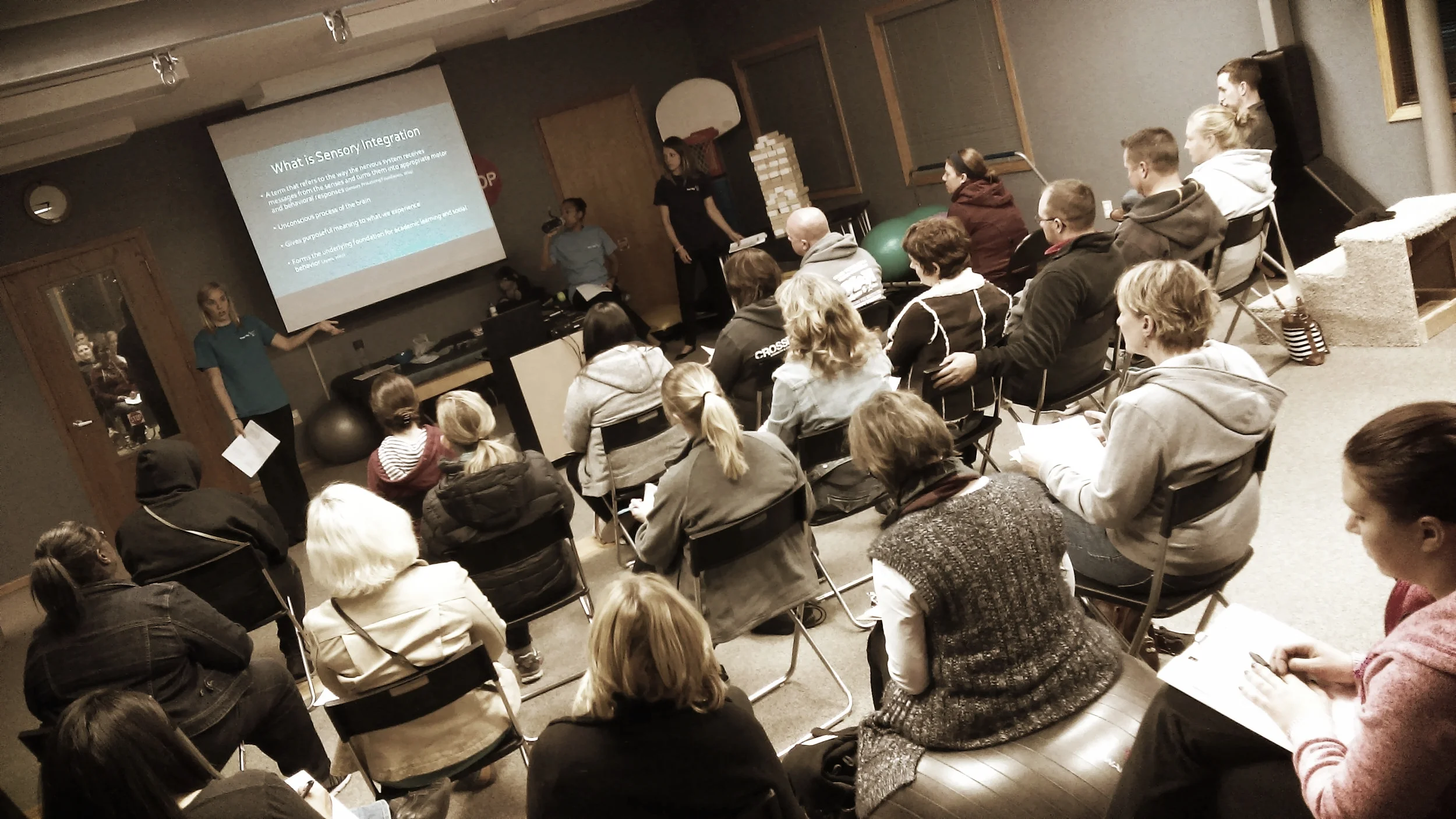Zones of Regulation- GREEN
/The Zones of Regulation is a tool that is used in many different places and may be something you have heard of before. We see it used a lot with kiddos in the school and we use it right here at Therapy OPS! But what are the zones and what does this program help with? For the month of June, our blog posts are going to focus on the different zones and what each one means and what emotions are part of each one!
The Zones were created as a tool to help with understanding and reacting to our own emotions. This is a great way to work towards self-regulation. By using color categories, it helps children begin to organize the different ways they are feeling and their different states of alertness. Once the children begin to recognize their zones and emotions/behaviors, the Zones introduces strategies to help with controlling their emotions, help them out and recognize their sensory needs and assist with problem solving. The main goal of the Zones is to teach kiddos to identify their feelings, understand how behaviors impact those around them and finding tools to manage all of this!
The four zones are red, yellow, green and blue. Today we will focus on GREEN.
Green means go, “good to go.” The GREEN zone is our “good to go” zone, our goal zone. Now that we are into summer and things are beginning to feel more routine and a new “normal,” kids might finally be feeling they are in the GREEN zone. This zone means a calm state of alertness. The feelings most commonly felt in this zone are ready to learn, happy, content and focused. When our kiddos are in the GREEN zone, they are most ready to learn and focus on tasks. When kiddos are in any of the other zones, our goal is to use tools to get them back to the GREEN zone. While they are in this zone, it is a great opportunity to teach kiddos the tools they can use to get to the GREEN zone, as they will learn the best while their bodies are ready to learn and calm. For kiddos to stay in this zone, their tools will all be different depending on each child’s needs. Some tools commonly used include using positive self-talk, bouncing on a ball, listening to music or getting a drink of water.
If you have specific questions about controlling emotions or reactions, please give TOPS a call to talk to an occupational therapist today at 651-455-0561!

